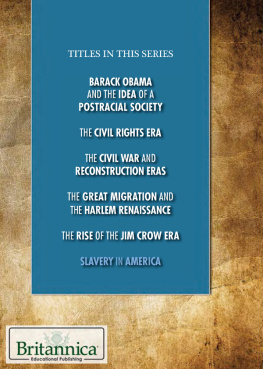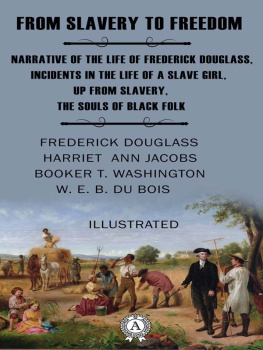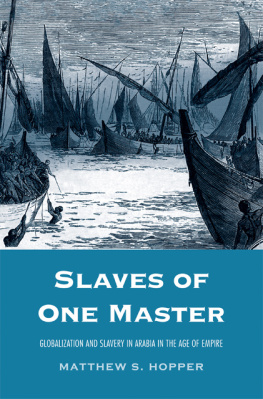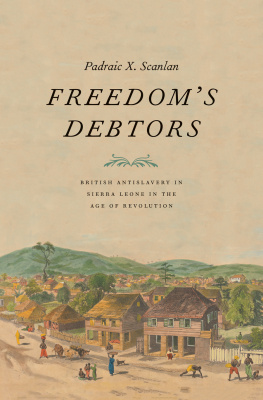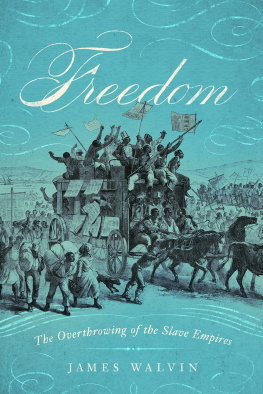1 Introduction
The British anti-slavery movement has been the object of historical scrutiny ever since abolitionist Thomas Clarkson published The History of the Rise, Progress, and Accomplishment of the Abolition of the African Slave Trade by the British Parliament (1808). It was Eric Williams seminal work, Capitalism and Slavery (1944), that gave rise to a more critical view of British anti-slavery, drawing attention to the connections between this (seemingly) humanitarian project and the rise of capitalism. This set the tone for an extensive scholarly discussion among historians that has continued well into the present day. The present thesis focuses on argumentative texts that were written in the British debate on slavery. My approach is mainly informed by an interest in the quite distinct image of Africans that can be found in these texts. I feel that, despite over 50 years of scholarly debate, the image of Africans as the actual objects of the discourse of slavery has not been dealt with in sufficient detail and that too little attention has been paid to a close textual analysis of the enormous body of argumentative texts on slavery. Therefore, the present thesis focuses on a corpus of fifteen pro- and anti-slavery texts written between 1784 and 1824, in order to arrive at a thorough evaluation of the image of Africans and to contextualise the British anti-slavery debate within larger traditions of thought. As the image of Africans in these texts only manifests itself between the lines within the larger context of the pro- and anti-slavery argument it is necessary to appreciate the latter before arriving at an assessment of the first. The substantial amount of text has made necessary the use of qualitative data analysis software (MaxQda) in order to code significant passages of texts according to a set of criteria in a first step in order to be able to retrieve and analyse them later. Thus, at any time, my analysis is backed by thematic cross sections through my entire working corpus.
Seven anti-slavery texts have been selected around certain key events: the start of the public discussion of the topic in the form of various essays and pamphlets in the years after the American Revolutionary War (1783) and the trial in 1783 that followed the Zong incident; the first intensive discussions of the topic in the British Parliament (17881793); the final passing of the Abolition Bill by the British Parliament in 1807; and, finally, the rekindling of the discussion of slavery in the British Empire from the foundation of the Antislavery Society in 1823 until the passing of the Emancipation Bill in 1833. James Ramsay, Thomas Clarkson and William Wilberforce are perhaps the most widely known anti-slavery authors. Therefore a selection of texts by these three authors forms the core of my text corpus. Elizabeth Heyricks text, being the only argumentative essay written by a female author, has been included for reasons of gender variance and because this author is especially outspoken in her rejection of slavery. In my selection of pro-slavery texts, responses to the anti-slavery ones have been preferred.
Quite early in my research, it emerged that the image of Africans in these texts can only be understood if it is seen as part of a larger discourse and larger traditions and patterns of European thought. The texts will therefore be subjected to a critical discourse analysis, which is informed by a post-colonial reading and a critical approach to humanism linked to post-humanist theory. My approach to CDA is indebted to Siegfried Jger, who proposes an analysis of the overall societal discourse at a given time by understanding texts as discourse fragments (cf. Jger, Diskursanalyse 188ff). Jger describes texts as both the work of individual authors and also part of a larger discourse (cf. Jger, Diskursanalyse 173); therefore, he proposes that a relatively small amount of qualitative data suffices to [fully capture] the qualitative range of what can be said and how it is said in one or more discourse strands (Jger, Aspects 51).
Post-colonial reading techniques, informed by such concepts as centre/margin, universalism, race, ethnicity, essentialism, globalisation, hegemony, mimicry and othering are the second pillar of my methodological approach. In particular, its profound critique of the European Enlightenment as one of the means for gaining global hegemony makes post-colonial theory suitable for an analysis of the British discourse on slavery.
On a technical level, my analysis makes use of qualitative data analysis software and concordance software. The first allows one to link text passages to a number of thematic codes, which makes it possible to retrieve thematic selections of text across a corpus of work. The latter can provide concordance lists, keywords and other elements of corpus linguistics as checks and balances (Mautner 122f) to back up the results of a critical discourse analysis.
An analysis of the historical dimension of a discourse in the form of discursive events (Jger and Mayer, Aspects 48f) forms a first step of the analysis. These are such events as appear on the discourse planes of politics and the media, extensively and for a prolonged period of time [and] they influence the development of the discourse (ibid.). This part of my work, however, does not aim to give a comprehensive overview of the history of the British anti-slavery movement, but rather looks at which historical events are repeatedly referred to by authors and how they influence the discourse.
After that, the work provides a detailed analysis of the fifteen discourse fragments. Biographical notes on the authors and their self-representation in the texts are followed by a synopsis of the texts main arguments. The distinct image of Africans in the discourse on slavery reflected the discursive needs of a British society which was going through rapid transformations during what Eric Hobsbawm aptly described as the Age of Revolution. Africa and the West Indies were increasingly becoming a laboratory in which social theories were put into practice (Drescher, Experiment 7) and the discussion of slavery was at heart a discussion of the acceptable means of coercing a labour force. The discussion of each discourse fragment is, therefore, concluded by an ideological analysis that looks at how authors conceptualise humans both as individuals and as members of society and how they negotiate the relationship between individual freedom and societal control.
The final part of this thesis contains an analysis of the image of Africans in the discourse on slavery. After a corpus-based appreciation of the key nouns and pronouns used in referring to Africans by both pro-and anti-slavery texts, the representations of Africans will be studied according to the following parameters: Africans in Africa, Africans as slaves, Africans in terms of race , Africans in terms of gender, and Africans between rebellion and as objects of European reform.


